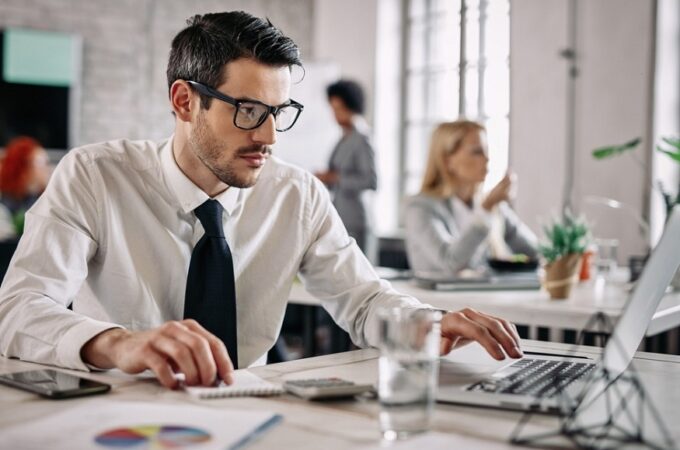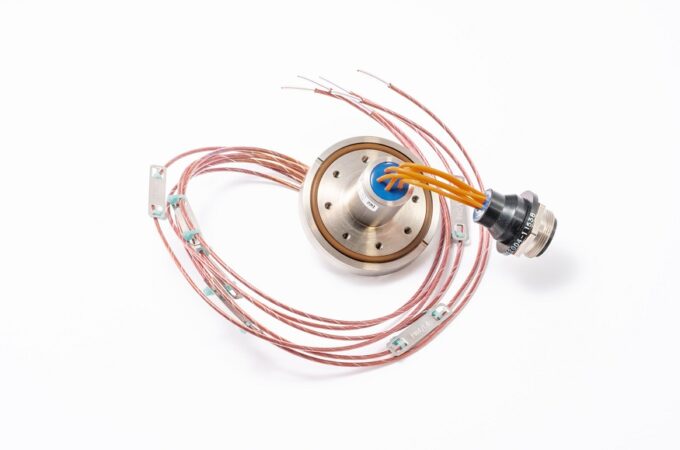
The Role of Backflow Prevention in Fire Protection Systems
Fire protection systems are crucial for ensuring the safety of buildings and their occupants in the event of a fire. While most people focus on fire sprinklers and alarms, one often overlooked component is the backflow prevention device. This small but essential mechanism plays a critical role in maintaining the integrity of your fire protection system and keeping your water supply safe from contamination.
1. What is Backflow Prevention?
Backflow prevention devices are designed to stop water from flowing backward into the main water supply. In fire protection systems, this is particularly important because fire sprinkler systems typically hold stagnant water in their pipes. If backflow occurs, this stagnant water—potentially containing harmful chemicals or contaminants—could be siphoned back into the drinking water supply, posing a serious health risk.
2. Why is Backflow a Risk in Fire Systems?
Fire sprinkler systems are typically connected to the same water supply as the drinking water in your building. Without proper safeguards, pressure changes in the water system could cause water in the fire suppression lines to reverse direction. This can happen due to events such as a drop in water pressure during a firefighting operation or routine maintenance on the water system. When backflow occurs, contaminated water can mix with the potable water supply, leading to health risks for building occupants.
3. How Backflow Prevention Works
Backflow prevention devices are installed between the fire protection system and the public water supply. These devices use check valves, which only allow water to flow in one direction. If pressure drops in the system, the check valves close automatically, preventing water from flowing backward and contaminating the clean water supply.
4. The Importance of Regular Testing
Backflow prevention devices require regular testing and maintenance to ensure they function properly. Fire codes typically mandate annual inspections by certified professionals to make sure the valves are working correctly. Failure to maintain these devices could result in code violations and costly fines, but more importantly, it could lead to a dangerous contamination of the water supply.
5. Conclusion
Backflow prevention is an essential part of fire protection systems that often goes unnoticed. It safeguards the water supply, ensuring that both your fire protection and potable water systems remain safe and effective. Regular testing and maintenance of backflow prevention devices are critical to keeping your building compliant with regulations and protecting the health of your occupants.
This post was written by a professional at Dade Fire Protection. Dade Fire Protection offers comprehensive fire protection services Miami FL area tailored to meet your business needs. Our expert team provides services including hood cleaning, fire alarms, fire extinguishers, fire sprinklers, fire suppression systems, FM200 systems, and backflow prevention. With years of experience and a commitment to excellence, we ensure full compliance with safety regulations and preparedness for fire emergencies. Whether you’re searching for hood vent cleaning near you, a fire extinguisher inspection company near you, or reliable fire protection services near you, Dade Fire Protection has you covered. Contact us today to schedule your consultation.




